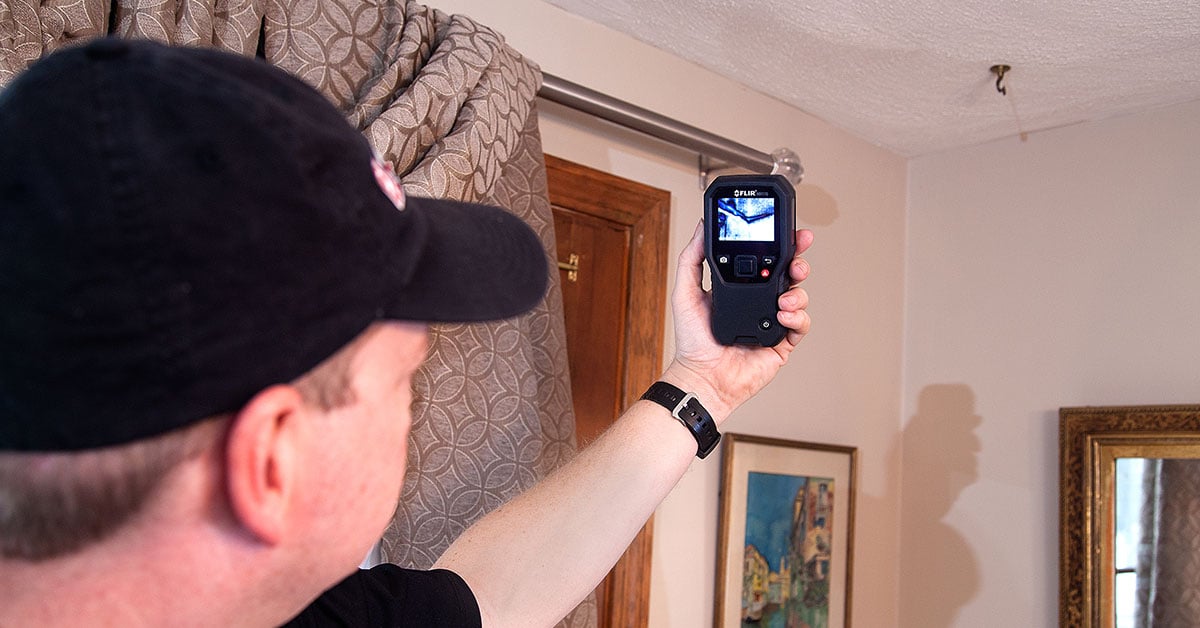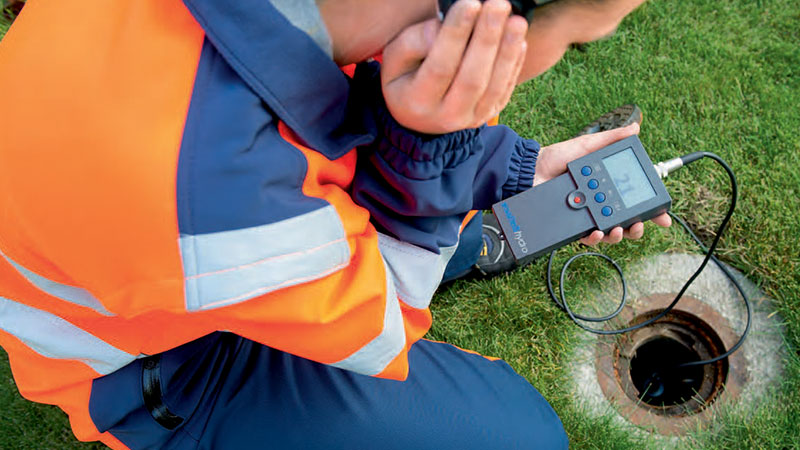Leading Water Leak Detection Techniques to Shield Your Home from Water Damages
Leading Water Leak Detection Techniques to Shield Your Home from Water Damages
Blog Article
Ingenious Solutions for Very Early Detection of Water Leaks in Structures and Facilities
From advanced leakage detection modern technologies to the implementation of IoT sensing units for real-time monitoring, the landscape of leak avoidance is developing rapidly. Automated water flow evaluation systems are reshaping just how leaks are determined and attended to, leading the method for a positive method to water leakage discovery.
Advanced Leak Detection Technologies
Advanced leakage detection technologies, equipped with sophisticated sensors and formulas, play a critical role in swiftly determining and identifying water leakages in numerous settings. Electro-magnetic sensors can determine changes in electromagnetic areas caused by water, providing yet one more layer of leakage detection capacity.

IoT Sensors for Real-Time Monitoring
In the realm of modern water leakage detection, the combination of IoT sensors for real-time tracking represents a crucial development in enhancing positive leakage detection abilities. These sensing units use continual monitoring of water supply, providing real-time information on water flow prices, pressure variants, and temperature adjustments. By leveraging IoT technology, these sensors can find also the smallest anomalies in water use patterns, enabling very early recognition of prospective leakages before they escalate into major problems.
IoT sensors transmit information to a central platform, where innovative formulas assess the details and create alerts or notices when irregularities are found. This real-time surveillance capacity allows homeowner or center managers to without delay attend to leakages, lessening water damages, minimizing fixing expenses, and preserving water resources.
Furthermore, IoT sensors can be integrated with structure management systems, enabling for computerized feedbacks to identified leaks, such as shutting down water valves or triggering pumps to minimize the impact of leaks. Generally, the implementation of IoT sensors for real-time surveillance considerably boosts the efficiency and performance of water leakage discovery in structures and infrastructure.
Artificial Intelligence Algorithms for Leak Prediction

One key advantage of making use of device discovering for leakage prediction is its ability to continuously discover and improve its precision over time. As more information is gathered and fed right into the algorithm, it can refine its predictions and adjust to changing conditions, eventually boosting the integrity of leak discovery systems.
Additionally, artificial intelligence algorithms can help in identifying subtle indicators of leakages that might go unnoticed by standard surveillance methods. water leak detection. By analyzing complicated information collections in real-time, these algorithms can supply very early cautions and signals, enabling punctual intervention and precautionary upkeep to minimize possible water damages and associated prices
Utilizing Thermal Imaging for Leakage Detection
Thermal imaging modern technology provides a promising strategy for finding water leaks in numerous systems and facilities. By utilizing infrared radiation and temperature level variances, thermal imaging video cameras can determine concealed leaks that are not easily visible to the naked eye. When water escapes from pipelines or click for info structures, it typically changes the temperature of the bordering area, creating temperature level differentials that thermal cams can catch. These temperature abnormalities are then translated into visible images, highlighting the specific location of the leakage.
One of the essential benefits of thermal imaging for leak detection is its non-intrusive nature. Generally, the use of thermal imaging modern technology improves the performance and precision of water leakage discovery, making it an important device for keeping the honesty of buildings and infrastructures.
Automated Water Flow Analysis Equipments
Exactly how can automated water circulation analysis systems that site change the detection and monitoring of leaks in numerous systems and infrastructures? Automated water circulation analysis systems supply a proactive technique to leak discovery by continuously keeping track of water flow prices and patterns. By developing baseline information, these systems can rapidly recognize variances that might indicate a leak, enabling prompt intervention to prevent substantial damages.
These systems utilize advanced formulas to evaluate real-time data and supply immediate informs when anomalies are identified, enabling swift action to be taken. Furthermore, automated water flow evaluation systems can be integrated with building monitoring systems or IoT platforms, enhancing general effectiveness and allowing remote tracking capacities.
In addition, the information gathered by these systems can be made use of for predictive maintenance purposes, aiding to recognize prospective powerlessness in the infrastructure before leakages occur. Generally, the implementation of computerized water flow analysis systems can considerably boost leakage discovery and monitoring methods, eventually bring about set you back financial savings, reduced water waste, and increased sustainability in buildings and facilities.

Final Thought
To conclude, the combination of advanced leak detection modern technologies, IoT sensors, device discovering formulas, thermal imaging, and automatic water circulation evaluation systems uses ingenious remedies for very early detection of water leakages in buildings and infrastructure. These modern technologies make it possible for real-time surveillance, prediction of leakages, and efficient detection techniques to stop water damages and waste. Executing these options can help in preserving the honesty and sustainability of water supply in different setups.
Report this page